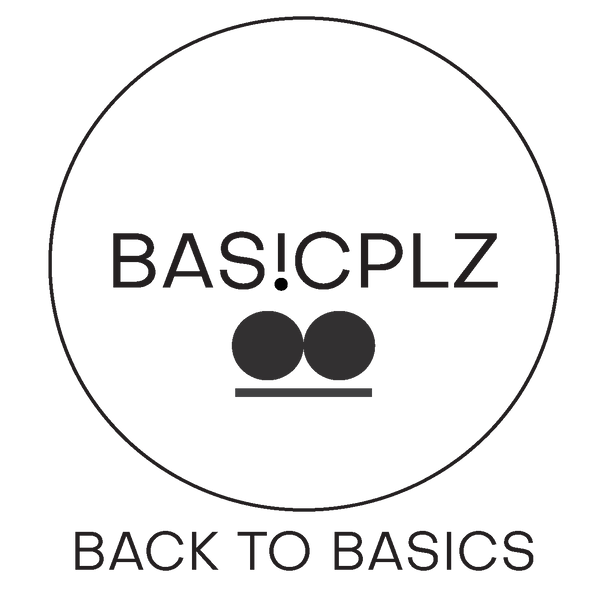Introduction
Choosing activewear isn’t just about picking something that looks good—it’s about what you’ll feel and how you’ll move. For the modern woman who may go from workout to errands, or from yoga to coffee with friends, the right pieces make a difference. In this guide, you’ll learn how to evaluate activewear smartly: understand fabric, fit, the function for your activity, and how style still matters. By the end you’ll have the tools to build a wardrobe that actually supports movement and confidence.
What “Right” Activewear Means
Performance & Function
The ideal piece works for your body when you’re in motion—whether that’s running, lifting or stretching. For example, fabrics that wick sweat, allow flexibility, and maintain shape are key.
Fit & Comfort
If an item is too tight it can restrict movement or irritate your skin; too loose and it might get in the way or fail to support. The right fit is subtle but essential.
Style & Versatility
Activewear has evolved into athleisure—pieces that can move beyond the gym. It’s smart to pick items you can wear for workout + life.
Key Factors to Consider When Choosing Activewear
Fabric & Material
-
Moisture‑wicking synthetics (polyester, nylon blends) beat cotton for high‑sweat workouts, since cotton absorbs sweat and can feel heavy.
-
Look for stretch (especially 4‑way) so you’re not held back in movement.
-
Additional treatments: antimicrobial, quick‑dry, mesh panels for breathability.
Fit & Body Type
-
For bottoms: waistband, rise, ankle/length matter. For tops & bras: support, strap design, coverage matter.
-
Always test how you move in the piece (squat, stretch). Eg: leggings that become see‑through during a squat are no‑go.
Activity Type & Support Level
-
Low‑impact (yoga, pilates) vs high‑impact (running, HIIT). Your choice of sports bra, bottoms, layering must suit the impact.
-
Environment matters: indoor vs outdoor, hot vs cold weather, daylight vs evening.
Functionality & Features
-
Pockets (for keys, phone) can matter. Zippers, adjustable waistbands, removable pads are nice extras.
-
Versatility: maybe you need a jacket you can pull on from gym to errands.
Style, Versatility & Longevity
-
Colour, print, cut: you might choose neutrals for mix‑and‑match, and one statement piece.
-
Investing in durable items is smarter than buying many cheap ones that wear out.
Building an Effective Activewear Wardrobe
Core Pieces Every Smart Woman Should Have
-
High‑impact sports bra (for support when needed)
-
Moisture‑wicking leggings/tights
-
Versatile workout top (tank or tee)
-
Layer piece (light jacket, vest) for warm‑up, cool‑down or transition
How to Mix & Match – Gym to Day‑to‑Day
-
Use neutral bottoms + colour or print tops for flexibility.
-
Pair a fitted top with loose bottoms—or vice‑versa—for balance.
-
Throw on a casual blazer or denim jacket over activewear for errands or café trips.
Budgeting & Investment Pieces
-
Spend more on items that support core movement (sports bra, main leggings).
-
Save on presence‑pieces or trendy tops since they rotate more.
Care & Maintenance Tips
-
Wash technical fabrics inside‑out, avoid fabric softeners (they block wicking).
-
Air‑dry or low heat—heat can damage elasticity.
-
Replace key items when they start losing shape/support.
Mistakes to Avoid
-
Buying because it’s trendy without checking function.
-
Going way too tight or too loose—neither supports movement well.
-
Ignoring what the activity demands (e.g., wearing low‑impact gear for running).
-
Overlooking features like pockets or proper support.
-
Falling into “fast fashion” trap: cheap gear that won’t last.
Quick Checklist for Smart Buying
Anyone can voice‑search this:
-
“Does this fabric wick sweat and dry quickly?”
-
“Can I move freely—bend, stretch, squat—without restriction or worry of transparency?”
-
“Is the fit right for my body and my workout type?”
-
“Does this piece have functional features I’ll actually use (pockets, adjustable waist, straps)?”
-
“Will I feel confident enough to wear this beyond the gym too?”
Conclusion
You don’t need an armour of thousands of rupees in activewear—you need smart choices. Focus on those key factors: fabric that moves with you, fit that supports you, function that suits your activity, and style that fits your life. Start with one excellent piece that meets all the criteria, then expand with intention. Your activewear wardrobe should elevate your movement and your day.
FAQs
What fabrics are best for high‑sweat workouts?
Look for polyester or nylon blends with good moisture‑wicking and stretch. Avoid 100 % cotton for heavy sweat.
How often should I replace my sports bra?
If support fades, straps stretch or you no longer feel secure mid‑workout—time to replace.
Can activewear be styled for casual wear too?
Yes. With layering and smart pairing, your workout pieces can cross into casual wardrobes.
What features do I need for outdoor running vs indoor gym?
Outdoor: reflective detailing, weather‑appropriate layering, pockets. Indoor: perhaps simpler but good ventilation and mobility.
Does body type affect activewear fit and support?
Definitely. Understanding your rise, waistband comfort, bra cup/support and length preferences makes a difference.



